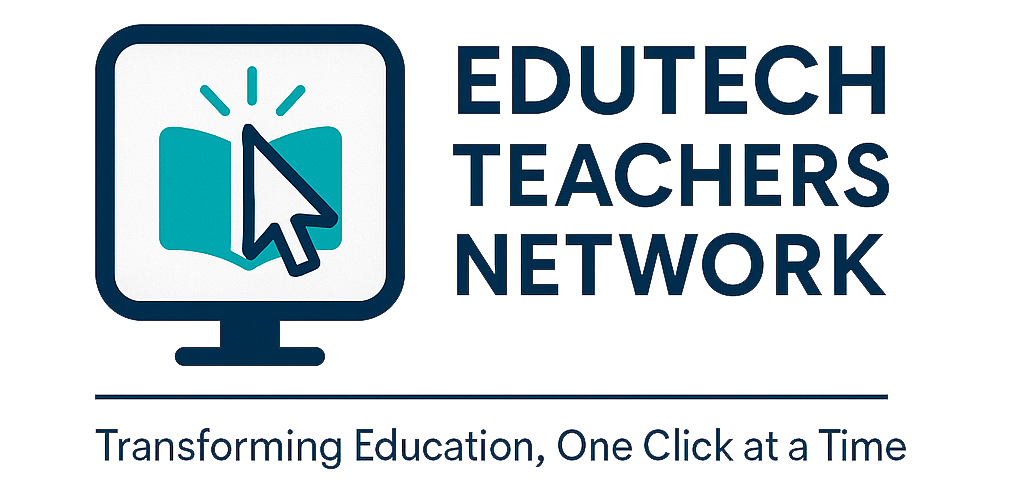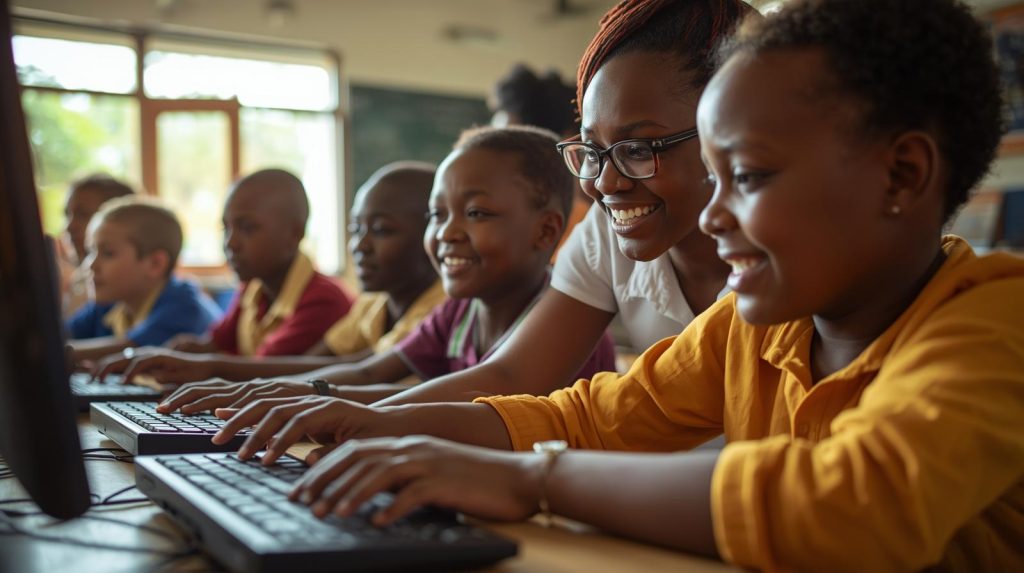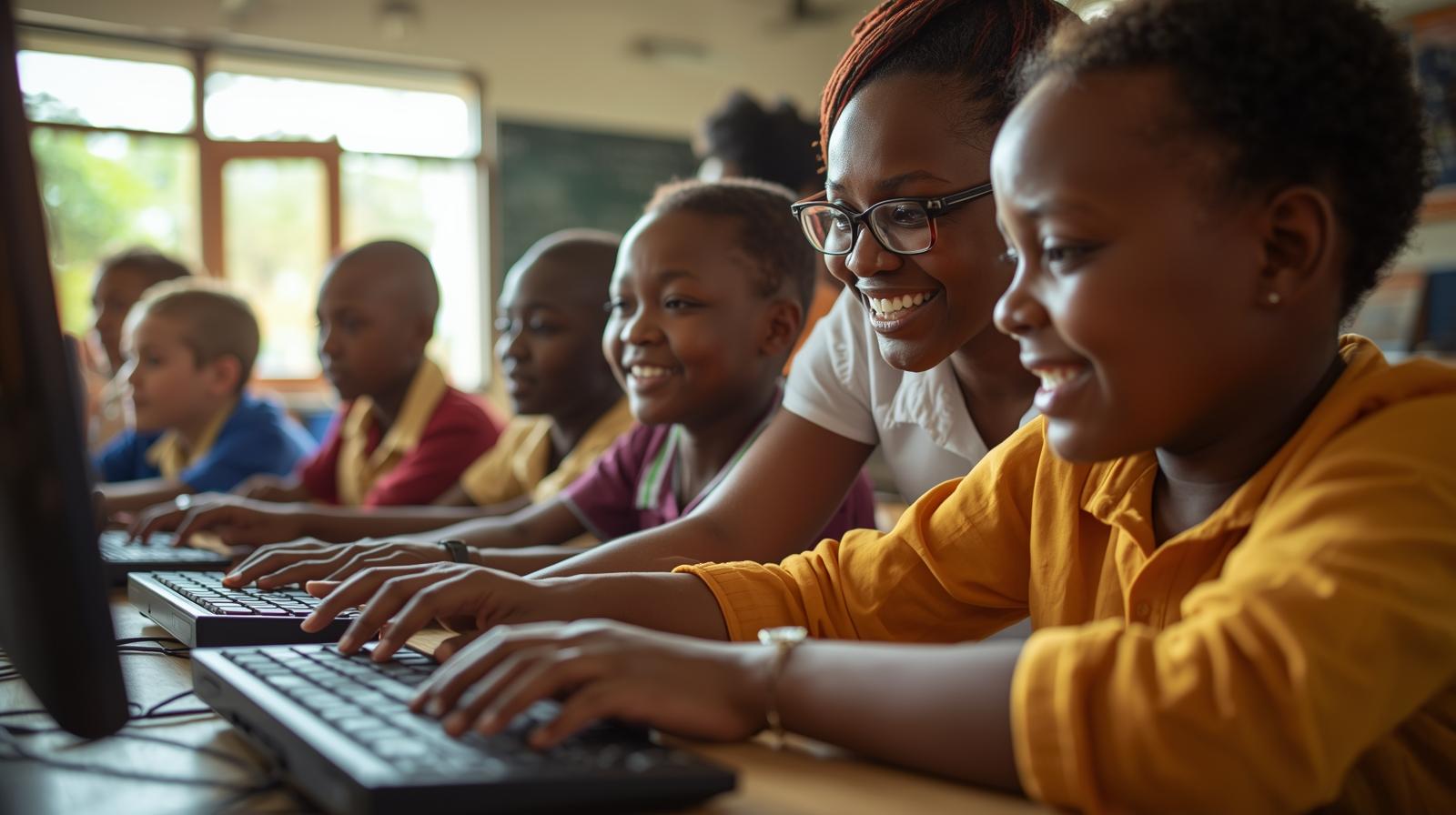Case Study: How Assistive AI Tools are Helping SNE Learners in Uganda
Introduction
In the bustling classrooms of Uganda, where laughter and chatter weave a tapestry of community, motor-impaired learners often find themselves facing a world that feels just beyond their grasp. For children like Esther, a 14-year-old from Mbarara with quadriplegia, simple acts like writing or flipping a page can dim the sparkle in their eyes, especially in a system not always designed for their needs. Yet, assistive AI technologies are rewriting this narrative, bringing hope and independence to these resilient students. imagin a Picture of Esther, her rich, deep black skin glowing under the morning sun streaming through the classroom window, her neatly styled hair framing a face alight with determination. With a sip-and-puff device, she breathes life into her tablet, completing a science quiz as her teacher, Ms. Rose, watches with a proud, teary smileproof that technology can lift spirits as well as barriers. Sip-and-puff or sip ‘n’ puff (SNP) is assistive technology used to send signals to a device using air pressure by “sipping” (inhaling) or “puffing” (exhaling) on a straw, tube or “wand.” It is primarily used by people who do not have the use of their hands. It is commonly used to control a motorized wheelchair by quadriplegics with very high injury to their spinal cord or people with ALS more info about SPN
Motor impairments touch the lives of thousands of Ugandan children, often stemming from birth complications or accidents, with limited support deepening their isolation In a country where the Competency Based Curriculum (CBC) champions practical skills and inclusion, these AI tools are bridging gaps, letting students like Esther thrive alongside their peers. This case study dives into how these technologies are transforming lives for motor-impaired Special Needs Education (SNE) learners across Uganda—from the bustling streets of Kampala to the quiet villages of the west. Building on our earlier article, “Assistive Technologies That Transform Special Needs Education in Africa,” and drawing from Sharebility EduTech Course Module 1 on ICT Essentials and , we’ll explore the tools, heartfelt stories, and practical steps that align with the TPACK model to enrich teaching and learning.
Through the journeys of students like Esther and the dedication of teachers like Ms. Rose, this article humanizes the power of AI, showing how it restores confidence, sparks joy, and knits stronger community bonds. These tools aren’t just about accessibility—they’re about ensuring every child’s laughter fills the classroom, proving that in Uganda’s schools, no dream is too big to chase.
The Human Impact of Motor Impairments in Ugandan Education
Motor impairments, whether from cerebral palsy or spinal injuries, cast long shadows over Uganda’s classrooms, where hands-on tasks like writing or drawing are the heartbeat of learning. For Esther’s family in Mbarara, her diagnosis brought sleepless nights and a father’s quiet resolve. A boda-boda driver with calloused hands, he whispers, “I dreamed of her learning, playing with friends, but her hands wouldn’t cooperate.” Across the nation, over 2.5 million children live with disabilities, with motor challenges often locking them out of education, leaving them sidelined and quietly yearning for connection
Assistive AI technologies offer a warm hand to hold, opening new ways for these children to engage with lessons. From devices controlled by breath to software activated by voice, these innovations turn obstacles into stepping stones. Initiatives like UNICEF’s Accessible Digital Textbooks program, launched in Uganda since 2017, weave AI into the fabric of education, tailoring interfaces for motor-impaired learners to access digitized books . Teachers, too, find their hearts lifted, as one from Lira shares with a chuckle, “Watching a child steer a device with their breath it’s like seeing their soul take flight.”
Motor Impairment Aids: Tools That Move Minds and Hearts
These assistive AI tools are crafted with care, becoming extensions of a child’s spirit. Below is a table showcasing key tools, their features, how they’re used in Ugandan schools, and the touching stories they inspire:
| Tool Name | Key Features | Applications in Ugandan Schools | Human Impact Stories |
| Sip-and-Puff Systems | Breath-controlled navigation, customizable inputs | Operating tablets or computers for assignments in schools like those in Mbarara | Esther, a quadriplegic girl in Mbarara, uses a sip-and-puff device to craft essays, her classmates erupting in cheers, her teacher, Ms. Rose, beaming, “Her smile lit up our world when she aced her quiz.” |
| Adaptive Keyboards (e.g., BigKeys) | Large, customizable keys with AI-assisted typing | Typing notes or exams in special needs units | In Kampala, Daniel, a boy with cerebral palsy, types tales of adventure, his mother hugging him tightly after his first school award, tears streaming down her face. |
| Dragon NaturallySpeaking | Voice-to-text software, multilingual support | Composing essays or answering questions orally | In Gulu, a student dictates science answers with newfound boldness, leading group projects, his friends clapping as he shines. |
| Eye-Tracking Devices (e.g., Tobii Dynavox) | AI-driven gaze control for device navigation | Selecting answers or drawing diagrams in urban special schools | In Wakiso, a girl with severe motor limits creates vibrant art with her eyes, her teacher smiling, “Her gaze dances with creativity now.” |
| Tecla-E | AI-enhanced switch access for multiple devices | Controlling smartphones or laptops in rural learning centers | A boy in Jinja giggles as he plays math games with switches, his laughter pulling the class into a shared moment of joy. |
These tools, often powered by affordable refurbished smartphones, bring warmth to learning. In Mbarara, Ms. Rose introduced sip-and-puff systems to her class of 45, including Esther and two others with motor challenges. “Esther’s focus drew us all in,” Rose says, her voice softening. “When she handed in her work, the room erupted in applause t felt like family.” This mirrors Egypt’s success, where sip-and-puff systems have lifted quadriplegic students to excel digitally, a model now taking root in Uganda.
Challenges: Overcoming Obstacles with Resilience
The path to using these tools isn’t always smooth. In rural Kitgum, power cuts leave students like Peter, reliant on an adaptive keyboard, disheartened. “I saw his face fall,” his teacher admits, “but we pushed on together.” The cost of tablets, around UGX 500,000, stretches school budgets thin, while some teachers feel lost without training. Cultural whispers, too, linger some see these devices as marks of shame, adding emotional weight to young shoulders.
Yet, Uganda’s heart shines through. Solar-powered charging stations, backed by NGOs like Save the Children, keep devices alive . EduTech Teachers Network workshops turn hesitant educators into confident guides. In Lira, a community day where a student showcased a sip-and-puff device melted old beliefs, with a mother beaming, “They saw my daughter’s strength shine.” This resilience fuels progress.
Success Stories: Hearts and Minds in Motion
At Wakiso’s model school, part of UNICEF’s inclusive push, adaptive keyboards have worked miracles. Twelve-year-old Daniel, with cerebral palsy, typed a poem about Lake Victoria, his words earning a standing ovation. “He glowed like he’d climbed a mountain,” his teacher says, while his single mother, wiping tears, adds, “He dreams of poetry now—my heart sings.” In Gulu, Sarah, a teenager, used Dragon NaturallySpeaking to dictate history essays, her grades soaring from failing to top marks. Her farmer father grins, “She talks of law school—my chest swells with pride.” In Kampala, a boy with Tecla-E switches laughs through math games, his joy binding the class together. These tales resonate across Africa, echoing Egypt’s success with sip-and-puff systems .
Motor Impairment Aids: Moving Forward
In the vibrant fabric of African education, assistive AI tools are carving paths to freedom for motor-impaired learners. Sip-and-puff systems, controlled by breath, are spreading hope across the continent. In Egypt, quadriplegic students navigate digital textbooks with these devices, a practice now inspiring Uganda’s SNE schools, where Esther completes assignments with a proud smile . Adaptive keyboards with large, responsive keys transform Ugandan classrooms, letting Daniel in Kampala type stories and solve problems, his confidence growing with every tap . Supported by UNICEF’s digital inclusion efforts, these tools often pair with AI-driven predictive text to ease physical effort . In rural areas, solar-powered devices ensure access, while teacher training nurtures a caring approach. These innovations turn barriers into bridges, lifting students forward in learning and life, spreading hope across communitie.
Future Horizons: Sustaining the Momentum
To expand these tools, Uganda needs a compassionate push. The EduTech Teachers Network can advocate for AI in teacher training, as suggested in “Why Every School Needs an ICT Policy.” Commun ity events in Mbarara can reshape views, celebrating devices as symbols of strength. Collaborations with NGOs and local innovators can cut costs, bringing tech to every corne
Final Thoughts
Assistive AI tools for motor-impaired SNE learners in Uganda are more than gadgets they’re keys to unlocking dreams, rekindling joy, and weaving tighter community ties. From Esther’s focused determination in Mbarara to Daniel’s poetic victory in Wakiso, these stories show that when barriers crumble, hearts soar. As educators, let’s champion these tools, ensuring every child steps boldly into a future brimming with possibility. In Uganda’s classrooms, AI proves that with love and support, every dream is within reach. ETN ONE CLICK AT A TIME.





Leave a Reply